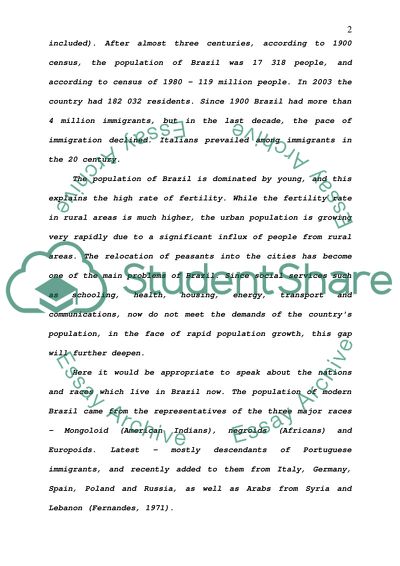Cite this document
(The Concept of Race in Brazil Case Study Example | Topics and Well Written Essays - 2750 words, n.d.)
The Concept of Race in Brazil Case Study Example | Topics and Well Written Essays - 2750 words. https://studentshare.org/social-science/1713950-race-is-more-important-than-class-in-brazilian-society-disscuss
The Concept of Race in Brazil Case Study Example | Topics and Well Written Essays - 2750 words. https://studentshare.org/social-science/1713950-race-is-more-important-than-class-in-brazilian-society-disscuss
(The Concept of Race in Brazil Case Study Example | Topics and Well Written Essays - 2750 Words)
The Concept of Race in Brazil Case Study Example | Topics and Well Written Essays - 2750 Words. https://studentshare.org/social-science/1713950-race-is-more-important-than-class-in-brazilian-society-disscuss.
The Concept of Race in Brazil Case Study Example | Topics and Well Written Essays - 2750 Words. https://studentshare.org/social-science/1713950-race-is-more-important-than-class-in-brazilian-society-disscuss.
“The Concept of Race in Brazil Case Study Example | Topics and Well Written Essays - 2750 Words”. https://studentshare.org/social-science/1713950-race-is-more-important-than-class-in-brazilian-society-disscuss.


